Harmonic Analysis (RMA) Worksheet for the song: "Yankee Doodle Boy".
Harmonic Analysis (RMA) Worksheet for the song: Yankee Doodle Boy.
Yankee Doodle Boy also known as "(I'm a) Yankee Doodle Dandy" is a patriotic song from the Broadway musical Little Johnny Jones, written by George M. Cohan. The play opened at the Liberty Theater on November 7, 1904. The play concerns the trials and tribulations of a fictional American jockey, Johnny Jones (based on the real-life jockey Tod Sloan), who rides a horse named Yankee Doodle in the English Derby. Cohan incorporates snippets of several popular traditional American songs into his lyrics of this song, as he often did with his songs. The song was performed by James Cagney in the 1942 film Yankee Doodle Dandy, in which he played Cohan.
n 2004, the American Film Institute placed the song at No. 71 on its AFI's 100 Years...100 Songs. A version of the song was recorded by Cohan's contemporary and fellow Irish-American Billy Murray, who sang it as indicated in the lyrics. Also, a shortened lyric disco version of the song was sung by Paul Jabara on the 1977 album Shut Out and the 1983 album Greatest Hits and Misses on Casablanca Records. (wikiwand);
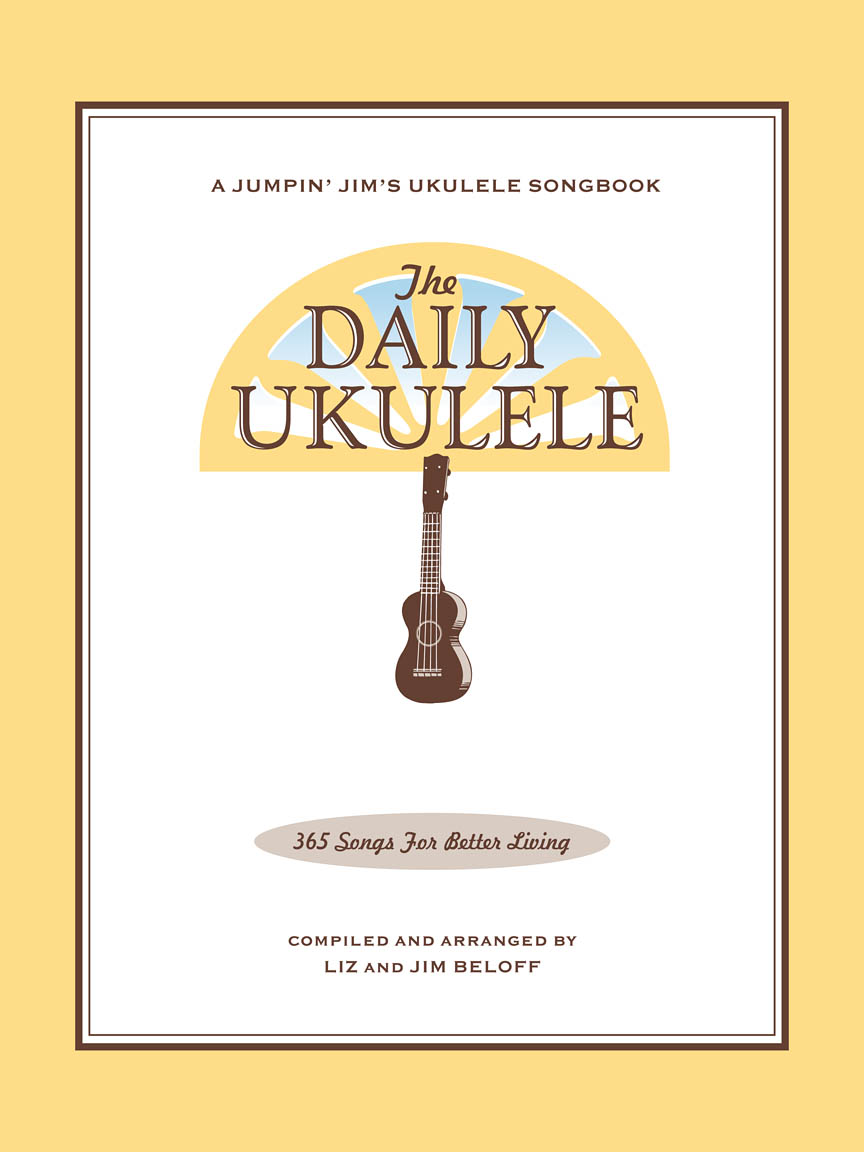
The Daily Ukulele— 365 Songs for Better Living book.






to Coda
VI7
( V of II)
D.C. al Coda
II7
( V of V)
Coda
A Harmonic Analysis (RMA/HA) and its worksheet are intended to show the function of the chords, the harmonic principles used, the keys and tonalities the song explores. And, can be used for scale selections and chord and scale substitutions.
lead leadsheet.Minimal roadmap information such as repeats, fine, D.S., D.C., and codas has been used in preparing the worksheets to somewhat mirror the leadsheet in the Daily Ukulele book.
Yellow Book. You should start to recognize that 1st endings typically always return to a previous verse or an
 section. With a 2nd ending, a transition to a different part of the song, a
section. With a 2nd ending, a transition to a different part of the song, a  or chorus. Harmonic Principles are used for these repeats and transitions.
or chorus. Harmonic Principles are used for these repeats and transitions.- Yankee Doodle Boy is in 2/4, Common Time and the Key of F. Could been written in Cut Time and have the same feel and been easier to read for beginners.
- Full Diatonic
- Partial Diatonic • Full Diatonic includes Secondary Dominant chords
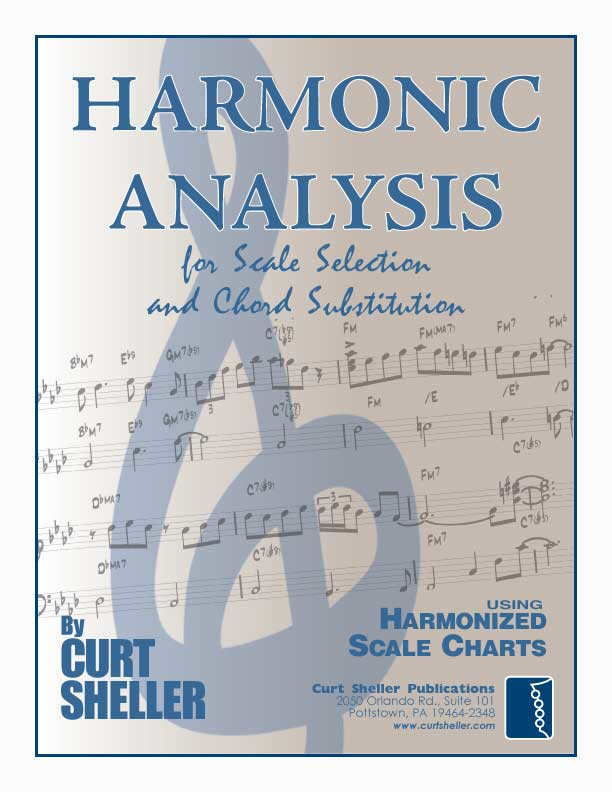
Contemporary Scales: Minor Pent: Minor Pentatonic, Pent: Major Pentatonic, Blues,
Scale/Mode Names: Ion: Ionian (Major), Dor: Dorian (Minor), Phrygian: Phrygian, Lyd: Lydian, Mix: Mixolydian (Dominant), Aeol: Aeolian (Natural Minor), Loc: Locrian
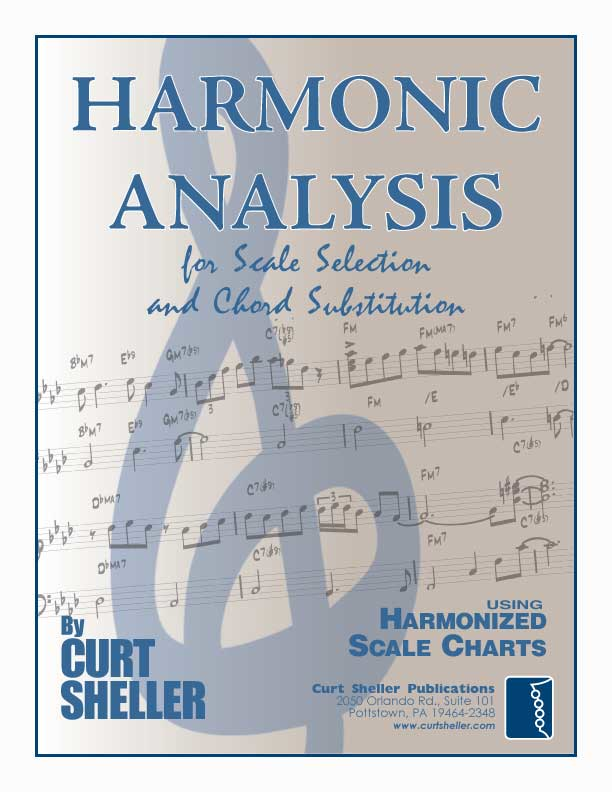
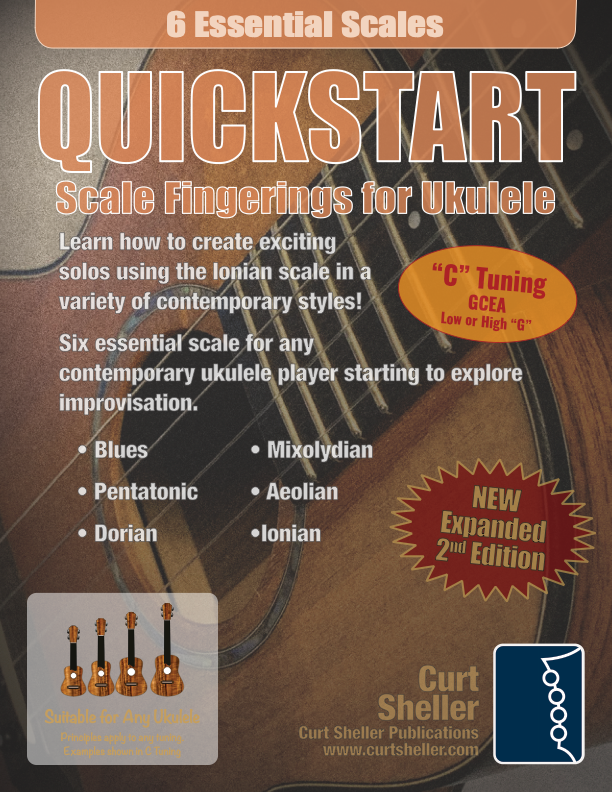
- (wikiwand); Yankee Doodle Boy
- Yankee Doodle Boy •
Related Lessons, Videos, Lesson Series, Songs, Books & Reference Charts, Resources & Assets, Workshops are below.
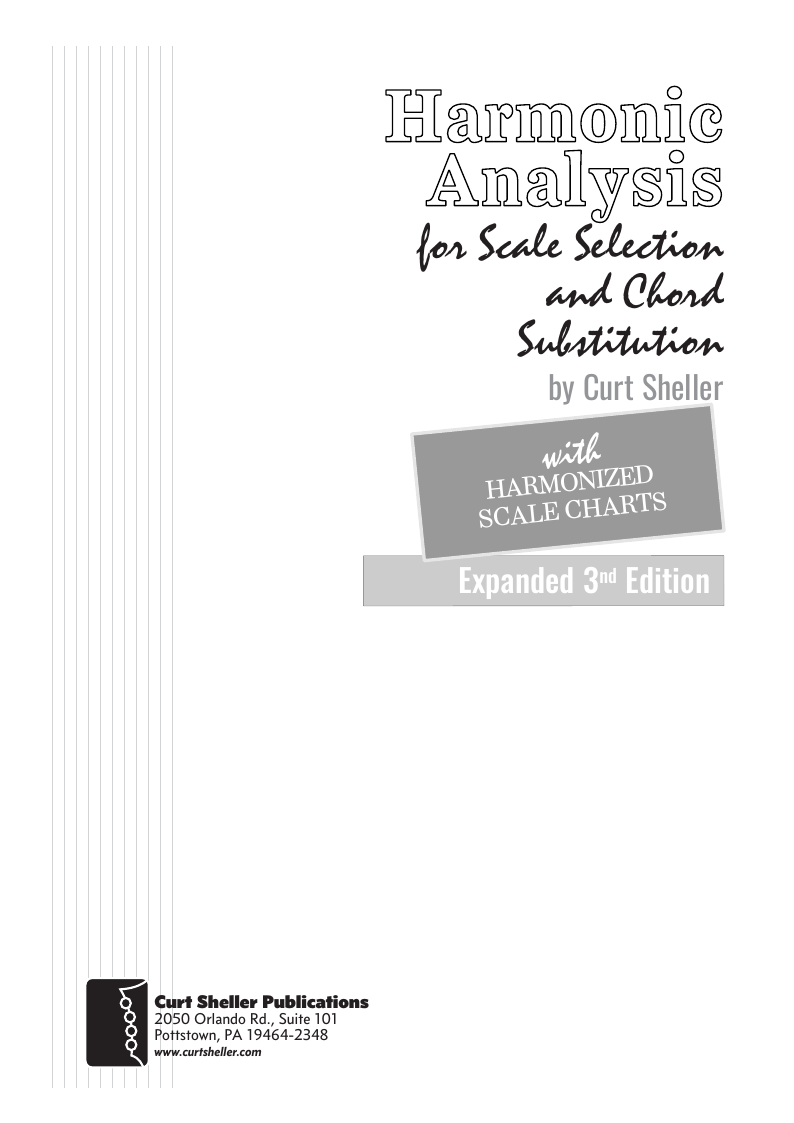
Harmonic Analysis ( HA ) is the process used to determine the harmonic function of chords within a chord progression. A chord progression is defined as a sequence of chords, each chord has a root and has a particular chord type. The relationship of a chord's root to a scale determines its function within that scale's tonality. Once a chord's function is identified, scale selections along with chord and scale substitutions can be made. This process is called Root Movement Analysis ( RMA ). This series of lessons are extracted from my book for use with individual private and on-line students. Each lesson directly corresponds the chapters in my book Harmonic Analysis for Scale Selection and Chord Substitution by Curt Sheller (me).

Harmonic Analysis (HA), also known as the study of chord relationships, is the method used to identify the harmonic role of chords within a chord progression or song. A chord progression refers to a sequence of chords, with each chord having a root note and belonging to a specific chord type. The function of a chord within a particular scale's tonality is determined by its relationship to that scale.

Harmonic Analysis is the understanding of the functional sequence of chords. It is the process used to analyze the harmonic structure of a progression, song or composition. This analysis is then used to make scale selections for improvisation and chord substitution.
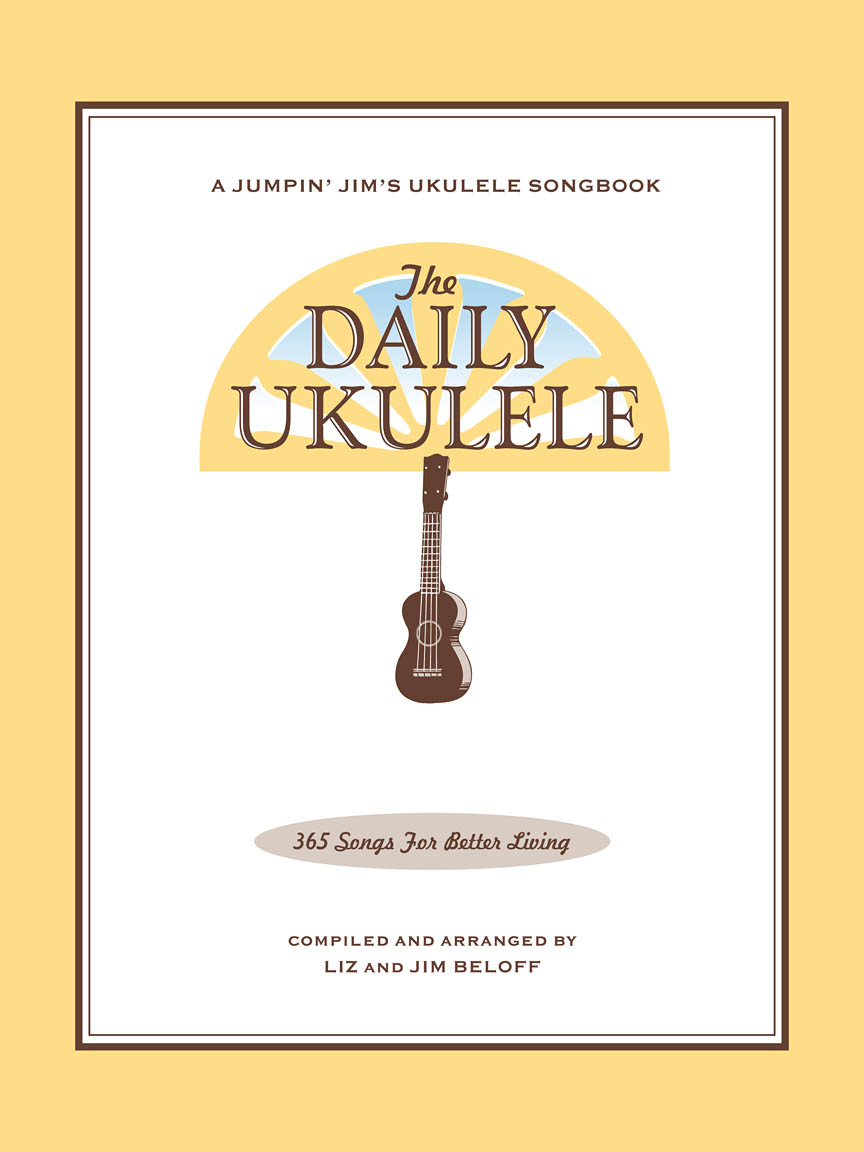
Strum a different song every day with easy arrangements of 365 of your favorite songs in one big songbook! The Daily Ukulele features ukulele arrangements with melody, lyrics and uke chord grids and are in ukulele-friendly keys that are particularly suited for groups of one to one hundred to play and sing.

Finally, learn the names of the notes of the ukulele fingerboard in C tuning .

Learn the six fingering principles to navigating the ukulele fingerboard. Fingering is one of the most universal topics. Book: Six Secrets of the Ukulele Fingering

Harmonic Analysis is the understanding of the functional sequence of chords. It is the process used to analyze the harmonic structure of a progression, song or composition. Book: Harmonic Analysis for Scale Selection and Chord Substitution

Learn to read single note melodies in the first/open position is a lot easier than you might think. Book: Ukulele – Reading Music Series – Primer

An organized collection of daily practice and reference material for the contemporary ukulele player for developing the vocabulary and knowledge necessary for single note playing. Book: Daily Practice Material for the Contemporary Ukulele
Checkout the Books & Reference Charts for additional Handy, Dandy Reference Charts.

Ukulele Fingerboard Chart for C Tuning, Low or High G – G C E A

Ukulele Fingerboard Chart for G Tuning, Low or High A – D G B E

A handy reference chart of all 15 major and relative minor key signatures. US Letter 8.5 x 11 sized (ANSI-A), A4
Checkout the Books & Reference Charts for additional Handy, Dandy Reference Charts.



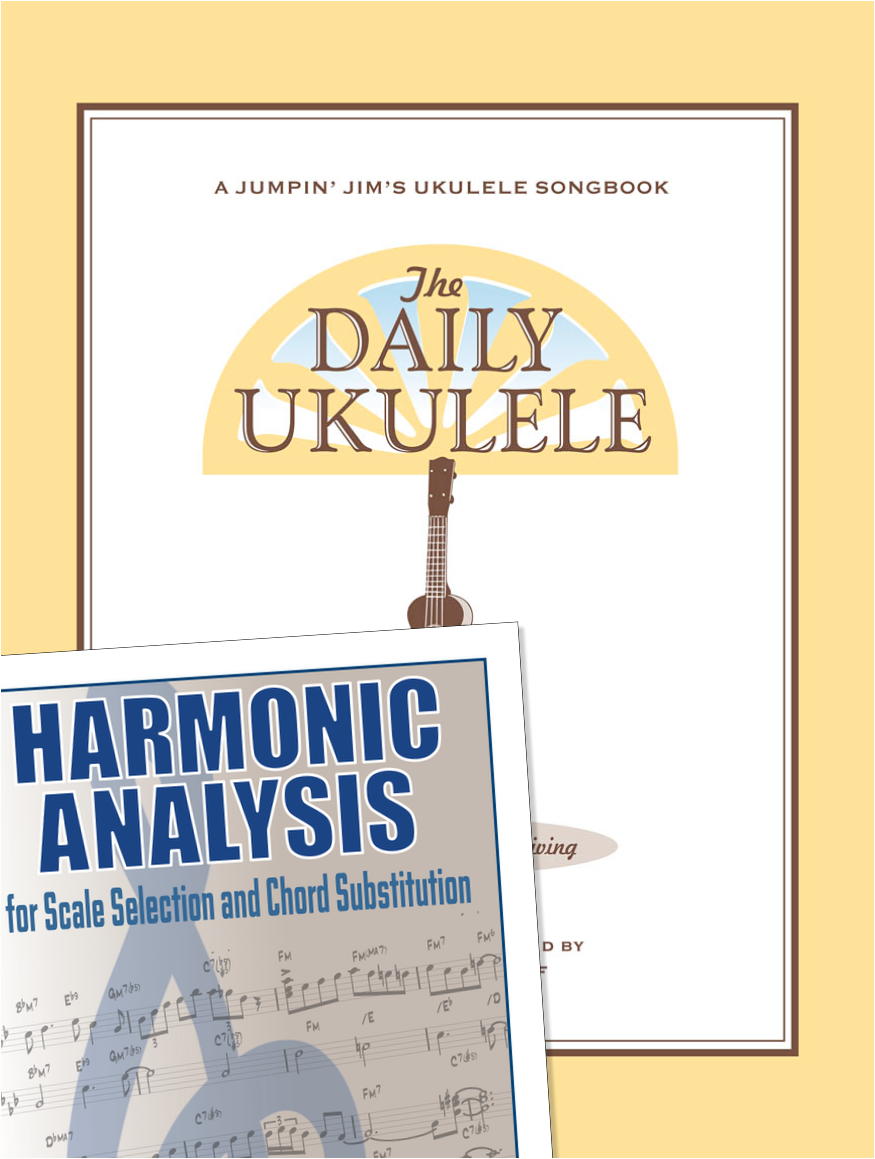
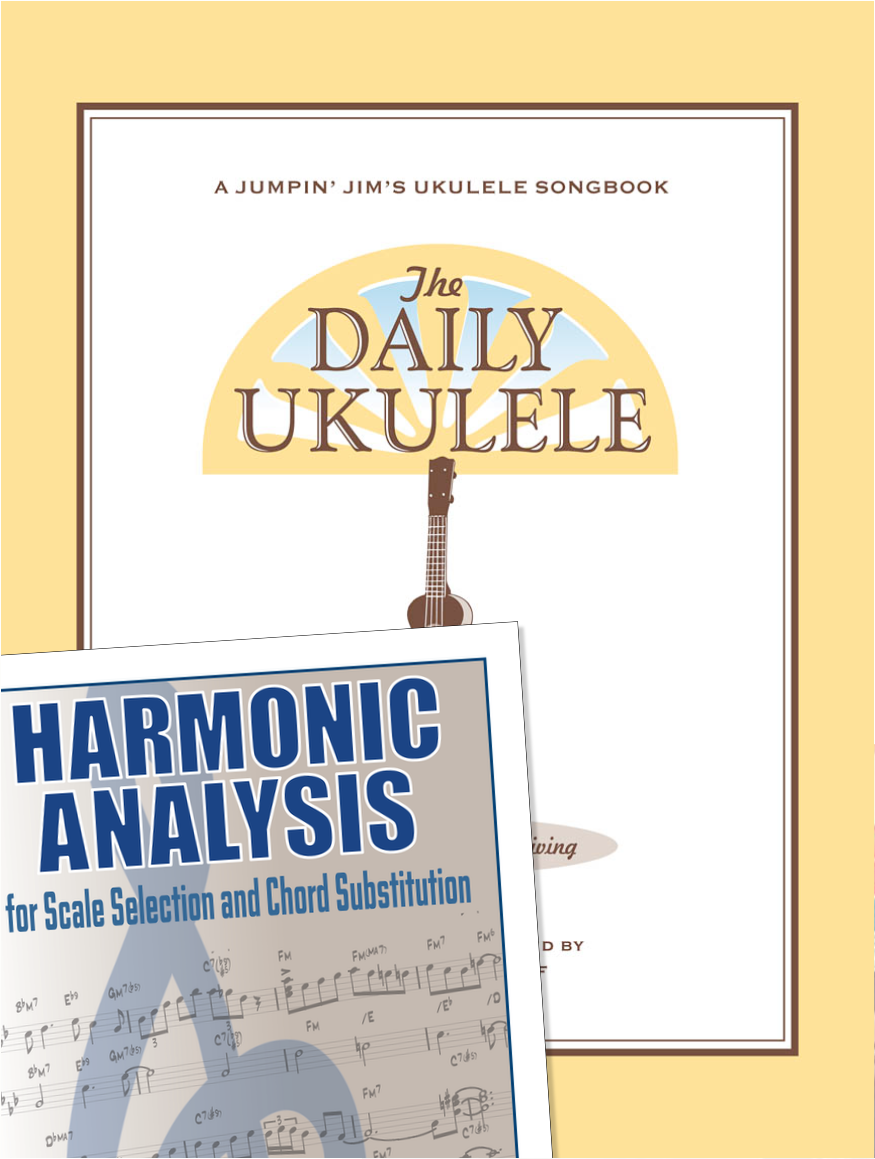
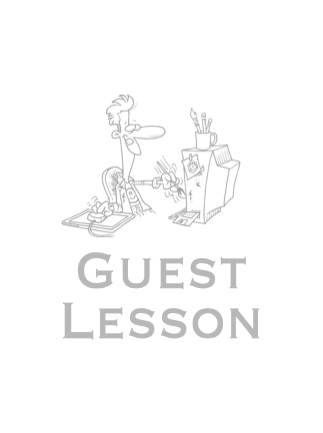

.jpg)